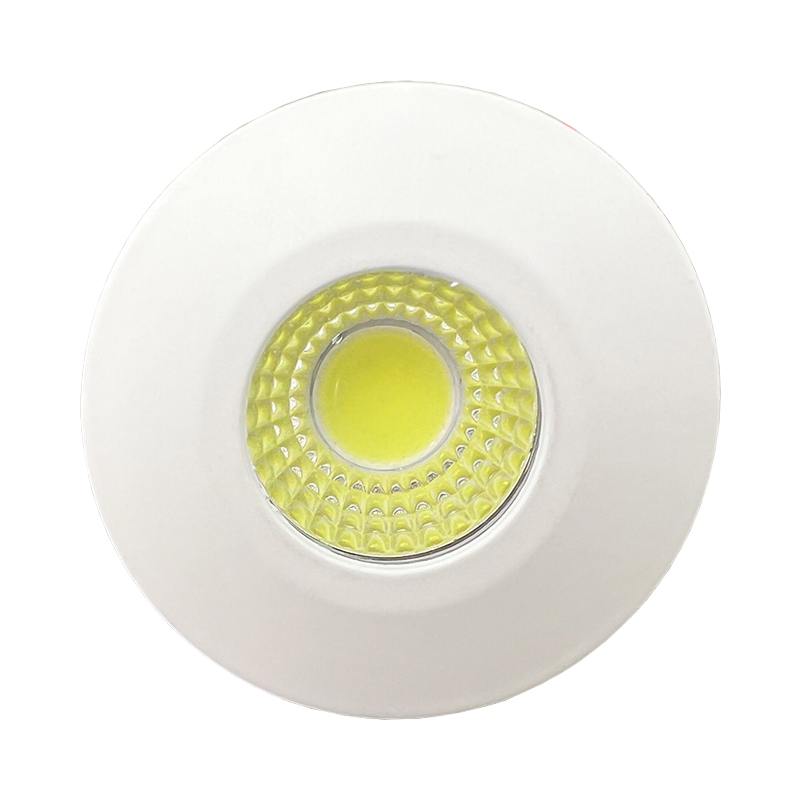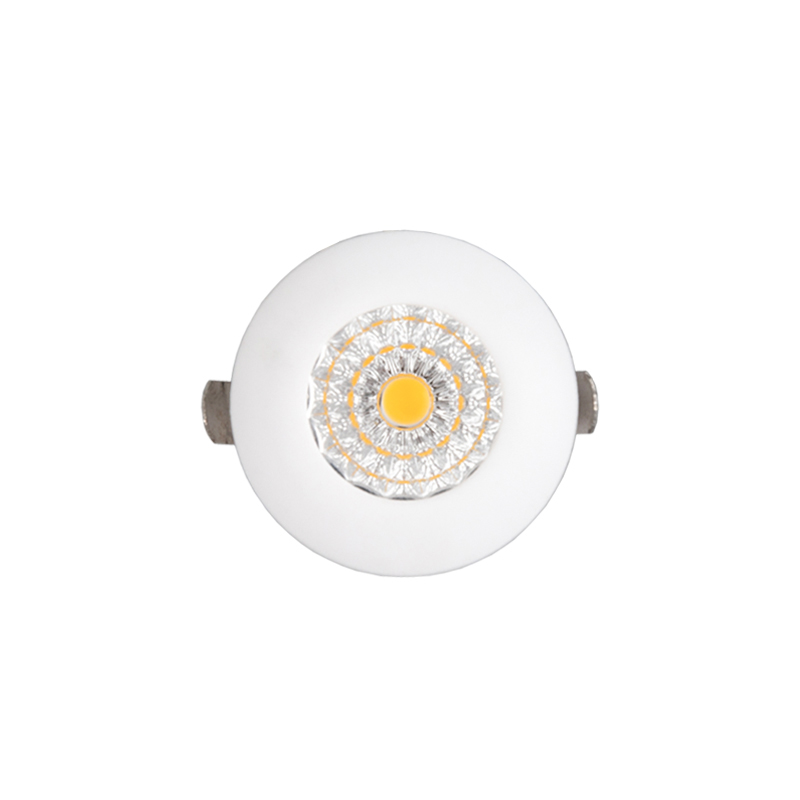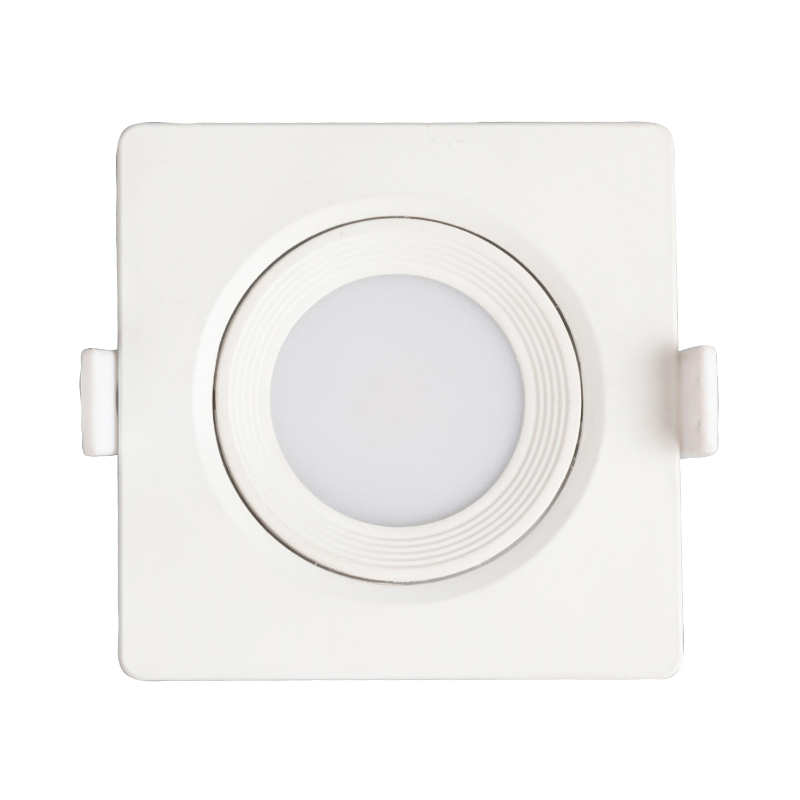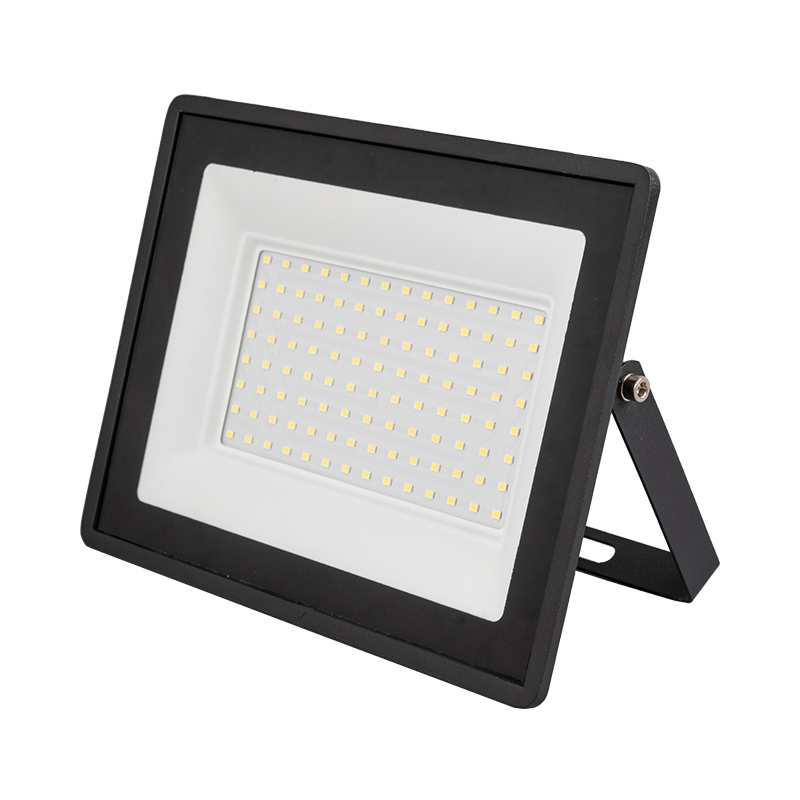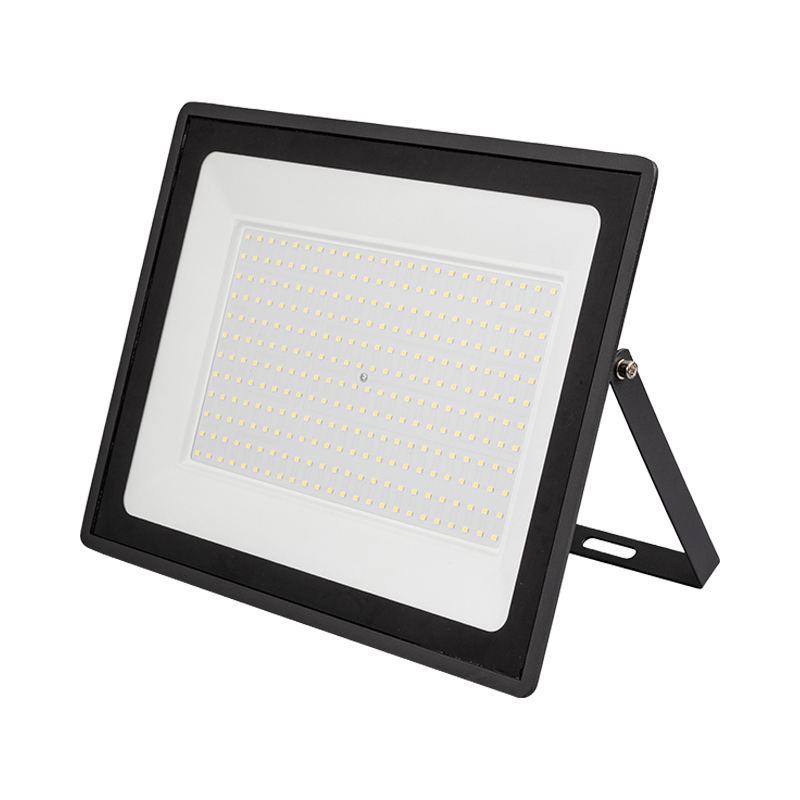1. Waterproof rating and sealing performance:
LED moisture-proof lamps usually have a high waterproof rating, such as IP65 or IP66, which means that they can effectively resist the intrusion of water and dust. This high waterproof rating is achieved through a strict sealing design, which usually includes a weather-resistant silicone seal strip or waterproof rubber ring to ensure that the internal electronic components are protected from humid air and liquids. This design not only protects the interior of the lamp from damage, but also extends its service life.
2. Corrosion-resistant material selection:
LED moisture-proof lamps are usually designed with corrosion-resistant materials such as stainless steel, aluminum alloy or special engineering plastics. These materials can effectively resist corrosive substances such as oxides, salts and chemicals that may exist in high humidity environments, thereby maintaining the appearance and performance of the lamps for a long time.
3. Anti-mold treatment:
In high humidity or humid environments, LED moisture-proof lamps are susceptible to mold and bacteria, which may cause surface contamination or damage to internal electronic components. Therefore, some advanced products will use antibacterial coatings or materials that can effectively inhibit the growth of microorganisms and keep the surface of the lamps clean and healthy.
4. Thermal management and heat dissipation design: The stable operation of LED moisture-proof lamps not only depends on waterproof performance, but also requires effective thermal management and heat dissipation design. Efficient heat dissipation systems usually use aluminum heat sinks or cooling fans to help LED chips and electronic components maintain a suitable operating temperature in a high humidity environment. Good thermal management not only extends the life of the LED, but also ensures that the lamps maintain stable light efficiency and brightness during long-term use.
5. Circuit protection and stability: The internal circuit of LED moisture-proof lamps is usually designed as a waterproof and moisture-proof structure to prevent circuit short circuits or leakage caused by humid environments. This design not only enhances the safety of the lamps, but also ensures the stable operation of electronic components and reduces the frequency of maintenance and replacement.
6. Light efficiency and brightness maintenance: High-quality LED moisture-proof lamps can maintain stable light efficiency and brightness in humid environments, and are not affected by moisture to produce light spots, blur or dimming. Through optimized optical design and efficient LED drive circuits, these lamps can maintain good lighting effects during long-term use and are suitable for industrial, commercial and outdoor applications that require stable lighting.






 English
English Español
Español

